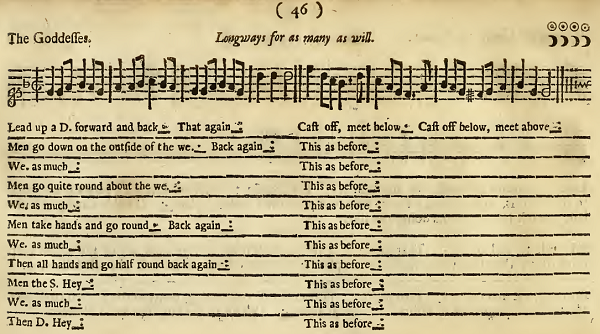1
4
3
6
6
10
7
4
9
5
10
7
11
6
12
3
13
5
14
3
16
1
18
1
19
1
22
1
25
1
view more: next ›
Ancient and Early Music
108 readers
2 users here now
A community for Medieval and Renaissance-era music (as well as music before those periods).
Baroque music should be posted to !baroque@lemmy.world
founded 1 year ago
MODERATORS
